Introduction
I realized a few weeks ago that both Magic the Gathering and Hearthstone released expansions this week. Instead of reviewing both sets individually (who has time for that?), I decided to write a series comparing the two sets. I, then, further refined the series by splitting it into three parts, mechanics/keywords, story, and art. MTG vs. Hearthstone Part 1 brings mechanics and keywords.
Having never written this type of article before, I have no idea how to approach it. Do I write it as if it was a true battle of the card battlers and come up with a victor at the end? Or, simply give a summary of the two sets and allow the reader to make up their mind. Now that I see that written, that makes the most sense. So, be prepared to make a decision by the end of the week.
Showdown in the Badlands Mechanics and Keywords
According to the Blizzard expansion page, Showdown in the Badlands only introduces two new keywords, Quickdraw and Excavate. For those of you who play Eternal, Quickdraw sounds familiar. However, in Hearthstone it has a completely different effect. Cards with the keyword get a bonus if you play them the turn that they are drawn. The card below gives you an example. If you play this on the turn it enters your hand (so it can be discovered, not drawn is how I interpret that), you get a coin. If you combo it with another card, you get a coin. According to my rudimentary research, you can only generate one coin with this. So, small miracles. Yes, that pun was intended.
Excavate, on the other hand, only applies to certain classes. By my understanding, other classes can excavate cards through Discover, but you don’t get a pay off of the legendary treasure. You simply cycle through the Common-Rare-Epic treasures. If you want to see the various treasures and their rarity level, check out this guide at Hearthstone Top Decks.
Aside from the keywords, the only notable mechanic that I see returning in the set is “Highlander” decks. So called because they only contain one copy (get it?!) of each card, some cards in the game pay off for just such a deck. The most prominent is the original Reno, which healed your character back to full health in the case of only one card left in your deck. Others came along like Kazakus and Zephrys that were fun, but the only ones that really caught on long term were priest cards. Well, Reno is back and he wants your Highlander deck again.
Lost Caverns of Ixalan Keywords and Mechanics
The other reason I didn’t want to directly compare the two sets is that Magic the Gathering is a much more complex game than Hearthstone. Therefore, with each set release, they have more keywords and mechanics. They also have cycles in each set that share a commonality. If you’ve never played the game, you care nothing about those. On the other hand, if you have, then you probably already know all of this. If you somehow exist in another subset of those possibilities, you can read more here.
The two brand new keywords in the set are Craft and Descend. Craft allows you to transform an artifact into a more powerful artifact with a mana and additional cost. Descend refers to your graveyard. You can descend by putting a card into the graveyard. You can check your descend score with an “X” value.
The Verdict
No, I didn’t lie. You won’t find any actual verdict here at the end of MTG vs. Hearthstone Part 1. Instead, I leave you with a question. Which of the keywords has you most excited, interested, or wondering. Are there any that you can see yourself building a deck around? I, for one, love the idea of Reno and I’m putting that in my decks.
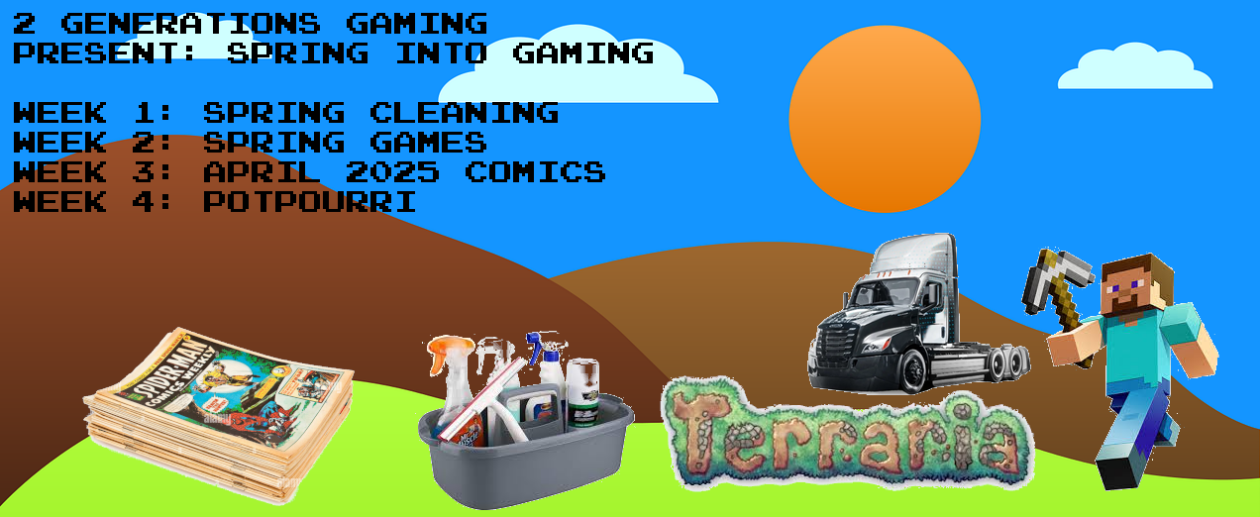
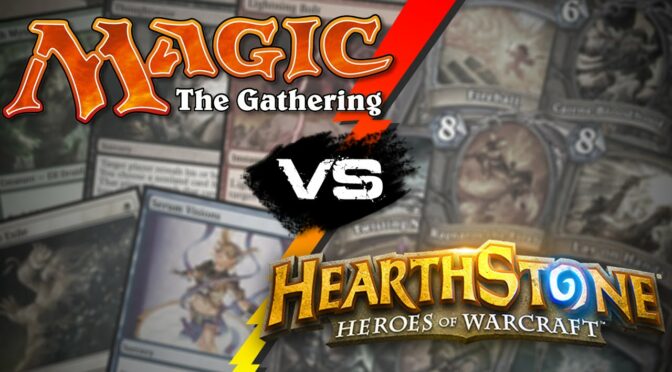

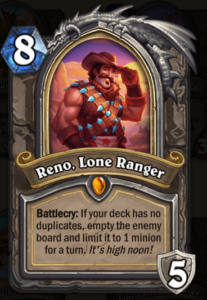
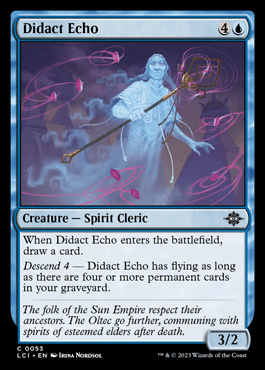
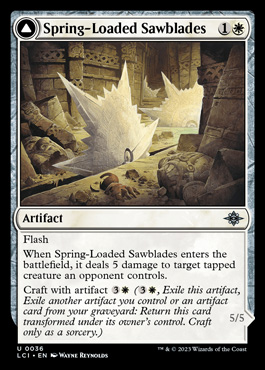
One thought on “MTG vs. Hearthstone Part 1: Mechanics and Keywords”